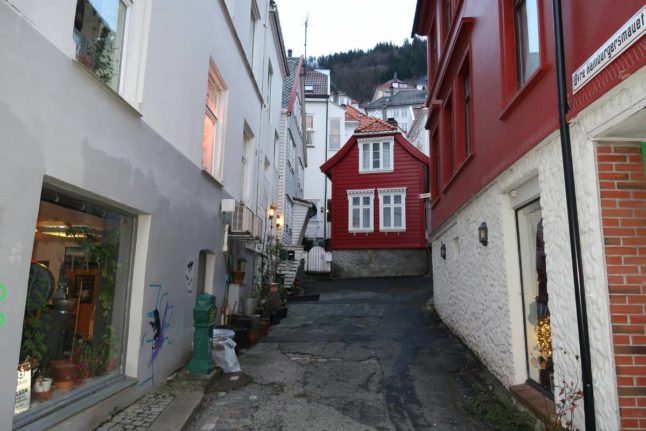One of the first things you’ll notice if you are near or around Trafalgar Square in London at Christmas is a 20-meter-high Christmas tree on display for everyone to enjoy.
The tree is displayed every year and is a gift from Norway to the UK. The lights are normally switched on at the beginning of December to mark the countdown to Christmas.
This year the tree will be lit up on Thursday, December 7th.
Earlier this week, social media users posted about seeing the tree being transported, ahead of its official unveiling.
One fun thing about riding through London at 5am is spotting a massive Christmas tree on the back of a lorry, heading to Trafalgar Square? #itschristmas! pic.twitter.com/bDqQzuSjXE
— Tom Swaffield-Bray (@tom_bray) December 4, 2023
This year’s tree was felled in the forests surrounding Oslo and was roughly 70 years old.
The Trafalgar Square Christmas Tree has arrived, ready to be put up! pic.twitter.com/uSoODaKvH2
— dan barker (@danbarker) December 4, 2023
‘Half dead’
For social media users, it has become an annual tradition in itself to poke fun at the appearance of the tree. For this reason, the tree in Trafalgar Square could be considered one of the most famous (or infamous) in the world.
One social media user said the tree looked half dead in a post on X/Twitter.
The Christmas tree in #Coventgarden is 10x better than the half dead tree in #Trafalgarsquare
— Unite (@activistpreach) December 4, 2023
Another joked that the tree on UK soap opera ‘Eastenders’ was much more impressive.
The tree in Albert Square #EastEnders looks much better than the tree in #TrafalgarSquare how embarrassing
— Tina B (@Teena35) December 5, 2023
However, not everyone on social media was so quick to judge the state of the tree. Many point out that the tree is given as a symbol of gratitude and cooperation from Norway to the UK.
Many of the naysayers remarks may have been proved to be short sighted, as the tree was later spotted looking much healthier and fuller after settling. The official X/Twitter account for the tree posted an update on Monday, with the tree looking more impressive.
Many thanks to the Norwegian people I remember being taken to Trafalgar Square as a child by my grandmother who told me the story of the tree and the war. That the tree is a symbol of freedom and friendship. To the people of Oslo have a merry Christmas
— John Mead (@TMArchivist) December 4, 2023
‘A token of Norwegian gratitude’
The tradition of Norway gifting the UK a tree every Christmas goes back over 75 years to a couple of years after the Second World War.
The yearly event see’s the people of Norway gift the UK a roughly 20-metre tall Norwegian Spruce, often selected months or sometimes years in advance, as a sign of their gratitude for Britain’s support for Norway during World War Two.
READ ALSO: What you should know if you’re invited to a Norwegian ‘julebord’
The tree, typically 50-60 years old when ready to be cut down, is felled during a ceremony attended by the British Ambassador to Norway, the Mayor of Oslo and Lord Mayor of Westminster during November.
Below you can see a video from this year’s ceremony by the British Ambassador to Norway, Jan Thompson.
Cutting down the Christmas Tree 🌲 destined for #TrafalgarSquare is not an easy job…But it’s a beauty!
Can’t wait to see it lit up in London. Thank you Norway!
🇬🇧 ❤️ 🇳🇴 pic.twitter.com/5nVDydA9Ou— Jan Thompson (@JanThompsonFCDO) November 24, 2023
When erected in London, there is a plaque that reads, “This tree is given by the City of Oslo as a token of Norwegian gratitude to the people of London for their assistance during the years 1940-45.”
While the annual tradition dates back seven decades, the first Christmas tree was actually gifted to the UK in 1942.
During a raid on Hisøy Island between Bergen and Haugesund, west Norway, resistance fighter Mons Urangsvåg cut down a Norwegian pine and shipped it back to England as a gift for the exiled King Haakon.
King Haakon decided to pass the gift onto the UK, and so it was erected in Trafalgar Square, although with no lights due to the blackouts caused by the Blitz.
The tree in Trafalgar Sqaure is just one of many that Norway sends to the UK every year. Several towns and cities receive annual trees from counterparts in Norwegian cities.



 Please whitelist us to continue reading.
Please whitelist us to continue reading.
Member comments